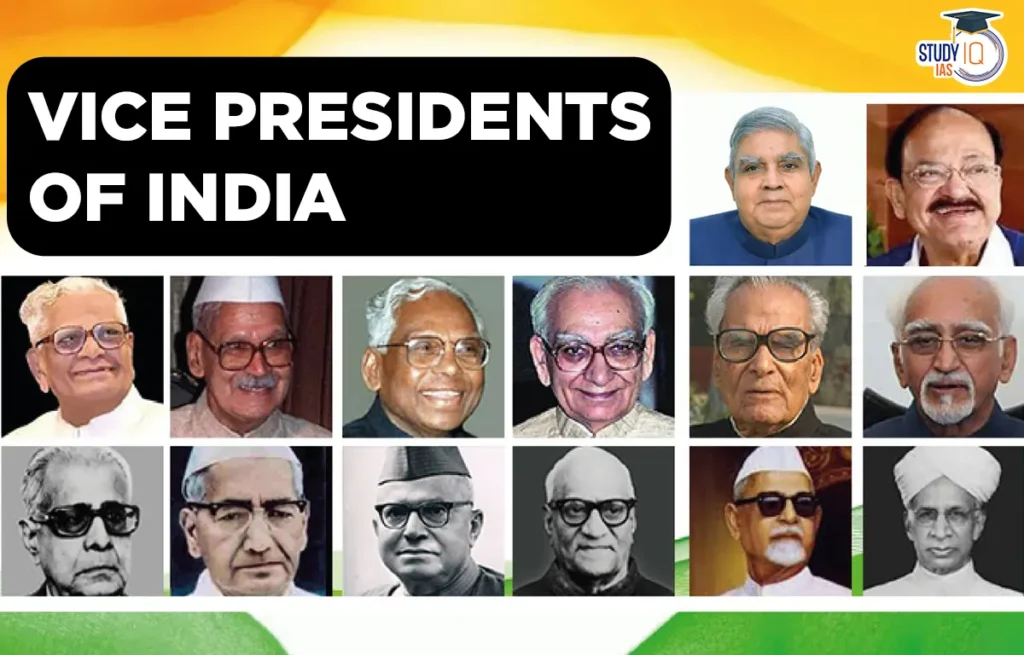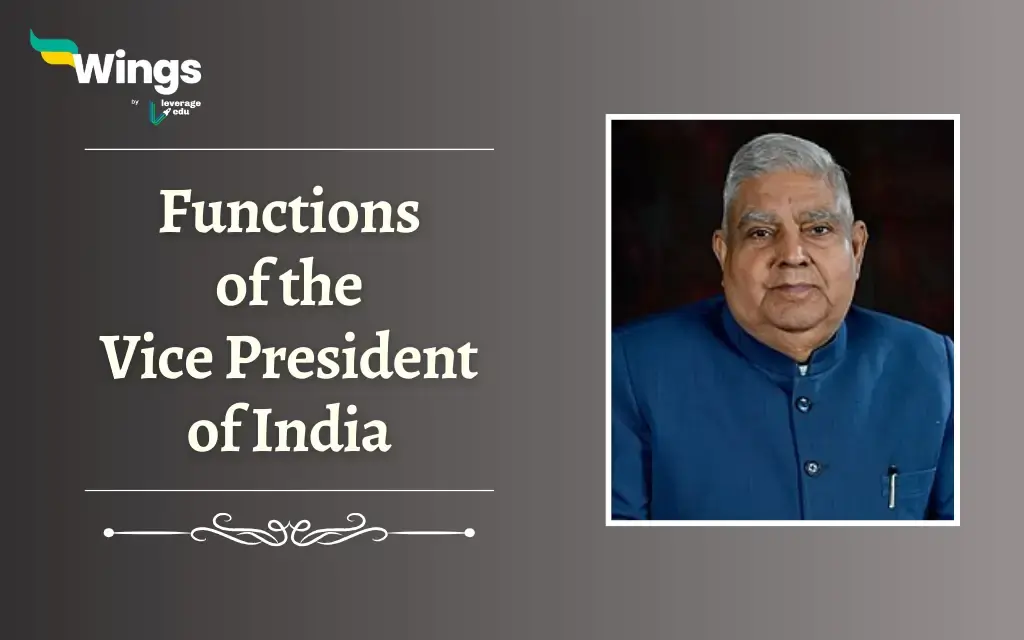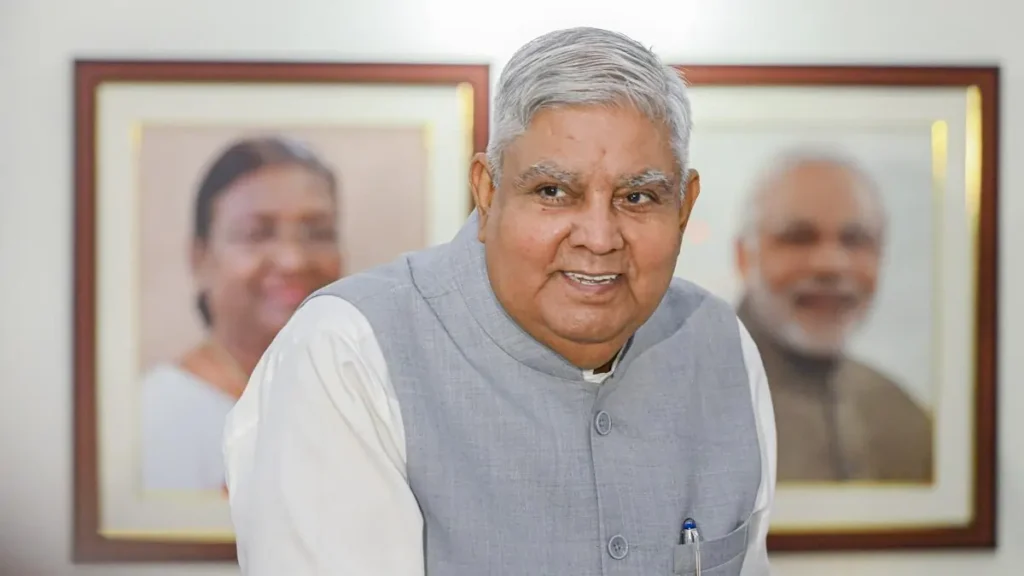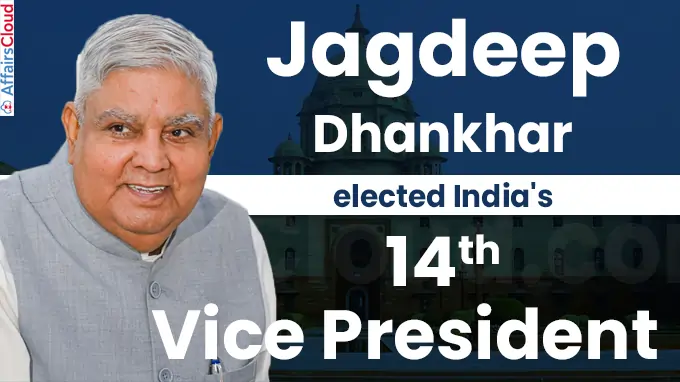The Vice President of India holds the second-highest constitutional position in the country. As the deputy to the President, the Vice President plays a critical role in maintaining the balance of power in India’s democracy. The Vice President also serves as the ex officio Chairman of the Rajya Sabha, India’s upper house of Parliament. This position is vital for ensuring the smooth functioning of India’s political and legislative processes.
1. Introduction to the Vice President of India
The Vice President’s office was established with the adoption of India’s Constitution in 1950. The Vice President assists the President and takes over in their absence. The Vice President also presides over the Rajya Sabha, ensuring proper conduct of business in the house. The role is essential for upholding democratic processes and maintaining the checks and balances that characterize India’s political system.
2. Historical Context
The office of the Vice President came into existence when India became a republic. Dr. Sarvepalli Radhakrishnan, the first Vice President, later became the second President of India. The office was created to support the President, ensuring that the highest office in the country remains functional, even if the President is absent or incapacitated.
Over time, the Vice President’s role has evolved. Today, the Vice President’s responsibilities are integral to both the legislative and executive functions of government.
3. Constitutional Framework and Election Process
The Vice President of India is elected by members of both Houses of Parliament through a system of proportional representation. The term of office is five years, but the Vice President may seek re-election if desired. The Constitution grants the Vice President the authority to act as the President in case of a vacancy.
The office can be vacated if the Vice President is removed through a resolution passed by both the Rajya Sabha and the Lok Sabha, although such a motion requires a lengthy notice period.

4. Roles and Responsibilities
The Vice President of India has several key responsibilities that contribute to the governance and stability of the nation:
4.1. Chairman of the Rajya Sabha
The Vice President serves as the Chairman of the Rajya Sabha. In this role, the Vice President maintains order during debates, ensures proper conduct of business, and decides on matters such as motions and bills. The Chairman also casts a vote when there is a tie in the house.
By presiding over the Rajya Sabha, the Vice President contributes directly to India’s legislative process.
4.2. Succession to the President
If the President of India vacates the office due to death, resignation, or removal, the Vice President assumes the President’s duties. This temporary succession ensures that India’s government continues to function smoothly. The Vice President performs all the President’s duties, including representing India at the national and international level.
4.3. Presidential Functions in the Interim
The Vice President may be called upon to perform the President’s functions when the President is temporarily unavailable. This may occur if the President is on foreign visits, unwell, or unable to carry out their responsibilities. During this time, the Vice President temporarily takes on the President’s ceremonial and executive roles.
4.4. Other Duties
The Vice President may also represent the President at official events or international forums. The Vice President’s duties can vary depending on the requirements of the government. These tasks ensure that the Vice President remains an active and central figure in the country’s governance.
5. The Legislative Role of the Vice President
In India’s parliamentary system, the Vice President plays a pivotal role in the Rajya Sabha. As the Chairman, the Vice President oversees the proceedings of the house, ensuring that debates are conducted in an orderly fashion. The Vice President’s ability to mediate and maintain decorum is essential for the effective functioning of the legislative process.
The Vice President also decides which bills or motions should be brought before the Rajya Sabha. This authority influences the legislative agenda and shapes the policies that impact the country.
6. Recent Developments and Challenges
Recent years have brought challenges for the Vice President’s office. Political tensions have increased, particularly between the ruling government and opposition parties. In 2024, opposition parties attempted to impeach Vice President Jagdeep Dhankhar, accusing him of bias as Chairman of the Rajya Sabha. While the motion did not succeed, it highlighted the growing political friction within India’s Parliament.
Such challenges demonstrate the political pressure that the Vice President often faces while performing their duties. Despite these pressures, the Vice President’s position remains vital for maintaining the balance of power in India’s parliamentary system.

7. The Importance of the Vice President of India
The Vice President plays a central role in the functioning of India’s democracy. Whether acting as Chairman of the Rajya Sabha or stepping in as Acting President, the Vice President contributes to the smooth operation of government. The role ensures continuity, especially in times when the President is unavailable.
The Vice President’s impartiality and ability to mediate between political parties are key to maintaining stability in India’s legislative processes. Through their leadership, the Vice President helps safeguard India’s democratic values and ensures the proper functioning of the nation’s institutions.
8. Conclusion: A Crucial Position in Indian Democracy
The Vice President of India is more than a ceremonial figurehead. The office plays an active role in the nation’s governance, especially in the legislative sphere. By presiding over the Rajya Sabha and assuming presidential duties when required, the Vice President ensures the continuity of India’s democratic processes.
As the country evolves, the Vice President’s role remains essential for maintaining the integrity of India’s political system. This office upholds the principles of democracy, stability, and continuity, making it one of the most important positions in India’s government.
In conclusion, the Vice President of India serves a crucial function in upholding the country’s democratic system. The Vice President ensures that the legislative process remains smooth and that India’s leadership remains intact in times of transition.




